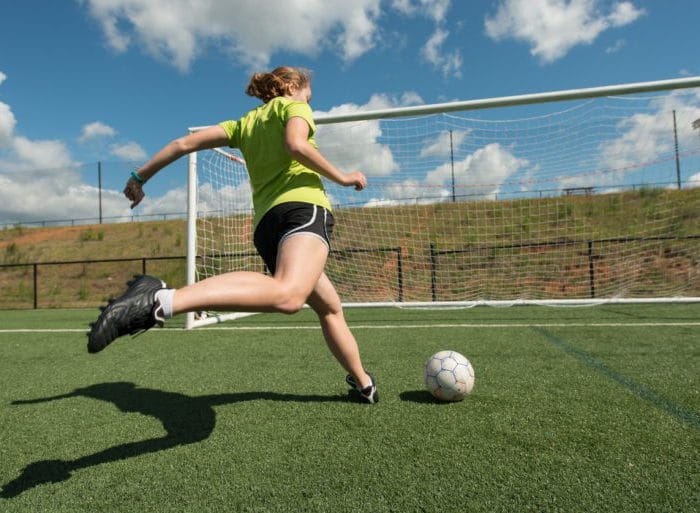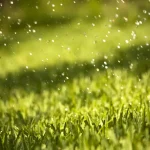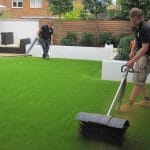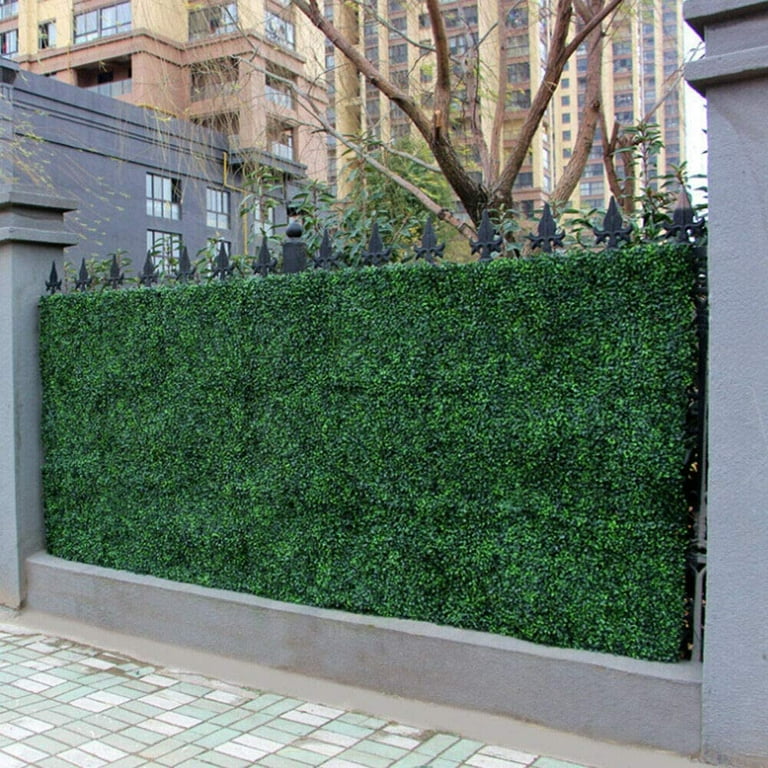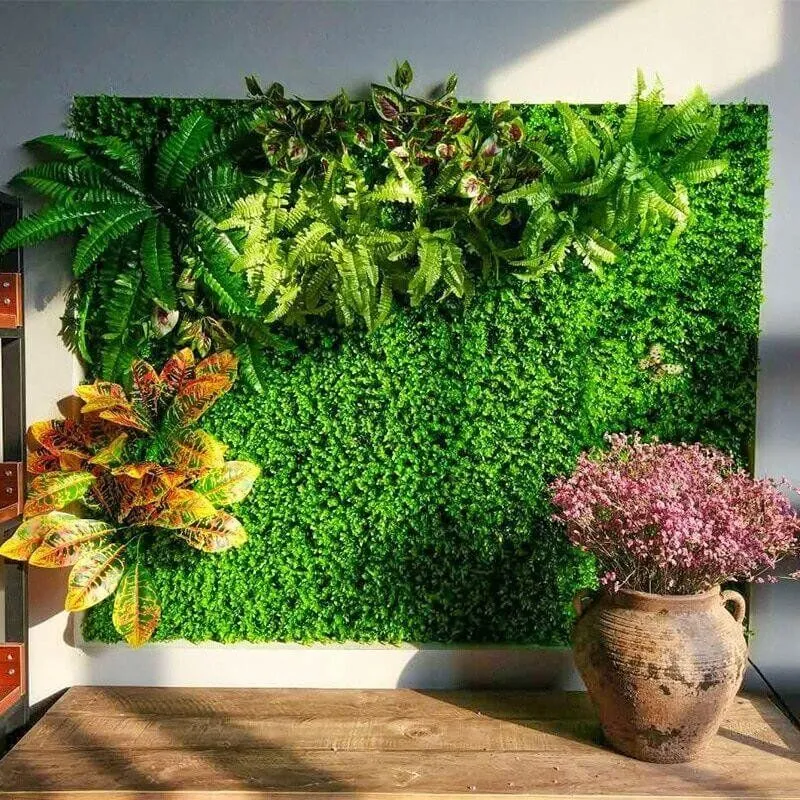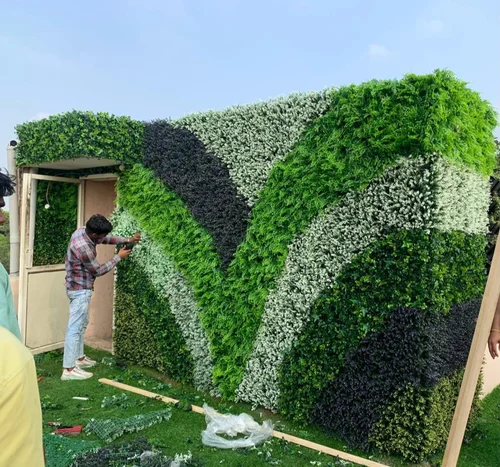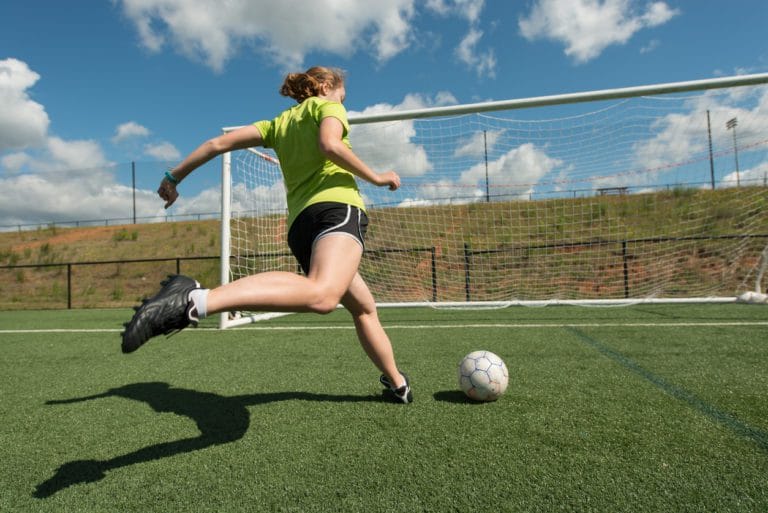
While artificial turf offers many benefits for sports and recreational activities, one potential drawback is the risk of turf burn. Also known as abrasion burn or synthetic turf burn, this condition occurs when exposed skin comes into forceful contact with the abrasive surface of artificial grass, resulting in painful scrapes, cuts, or burns. If you’ve ever experienced a turf burn, you know how uncomfortable and unsightly it can be. Fortunately, there are several effective remedies you can apply to promote healing and alleviate the discomfort.
- Clean the wound: The first step in treating a turf burn is to clean the affected area thoroughly. Use warm water and a mild soap or an antiseptic solution to gently remove any grass fibers, dirt, or debris from the wound. This process helps prevent infection and promotes healing.
- Apply an antibiotic ointment: After cleaning the wound, apply a thin layer of antibiotic ointment or cream. Antibiotic ointments containing ingredients like bacitracin or neomycin can help prevent infection and keep the wound moist, which aids in the healing process.
- Use a hydrocolloid dressing: Hydrocolloid dressings are an excellent choice for turf burns as they create a moist environment that promotes healing and reduces scarring. These dressings are designed to absorb wound fluids and form a protective gel over the affected area, providing cushioning and pain relief.
- Consider aloe vera gel: Aloe vera gel is renowned for its soothing and healing properties. When applied to a turf burn, it can help reduce inflammation, promote moisture retention, and accelerate the healing process. Look for pure aloe vera gel without additives or fragrances.
- Stay hydrated and take over-the-counter pain medication: Keeping your body hydrated and taking over-the-counter pain medication, such as ibuprofen or acetaminophen, can help alleviate discomfort and reduce inflammation associated with turf burn.
- Protect the wound: Once you’ve applied the appropriate treatment, it’s crucial to protect the wound from further irritation or infection. Cover the affected area with a sterile, non-stick dressing or bandage, and avoid exposing it to dirt, debris, or excessive friction until it has healed.
Tips for Turf Burn Prevention
To minimize the risk of re-aggravating a turf burn, consider the following steps:
- Allow the turf burn to heal completely before engaging in sports activities again.
- Protect the wound by using bandages that offer substantial coverage.
- Given that turf burns are prone to occur on joints such as elbows, knees, ankles, and wrists, safeguard these areas with appropriate protective gear.
- When long-sleeved clothing is not feasible, consider using protective body pads, knee-high socks, or second-skin covers to shield vulnerable skin.
- Protective athletic gloves can safeguard the hands from turf burn.
While turf burn can be painful and unsightly, proper treatment can significantly accelerate the healing process and prevent complications. By following these simple remedies and taking appropriate precautions, you can get back on the artificial turf surface and enjoy your favorite sports or recreational activities without worrying about the discomfort of turf burn.


